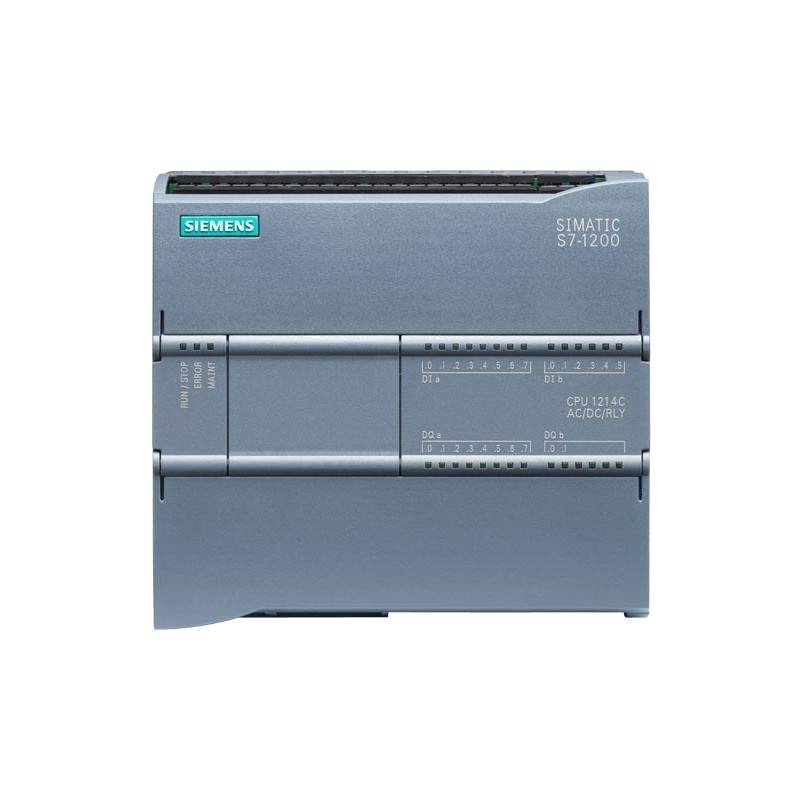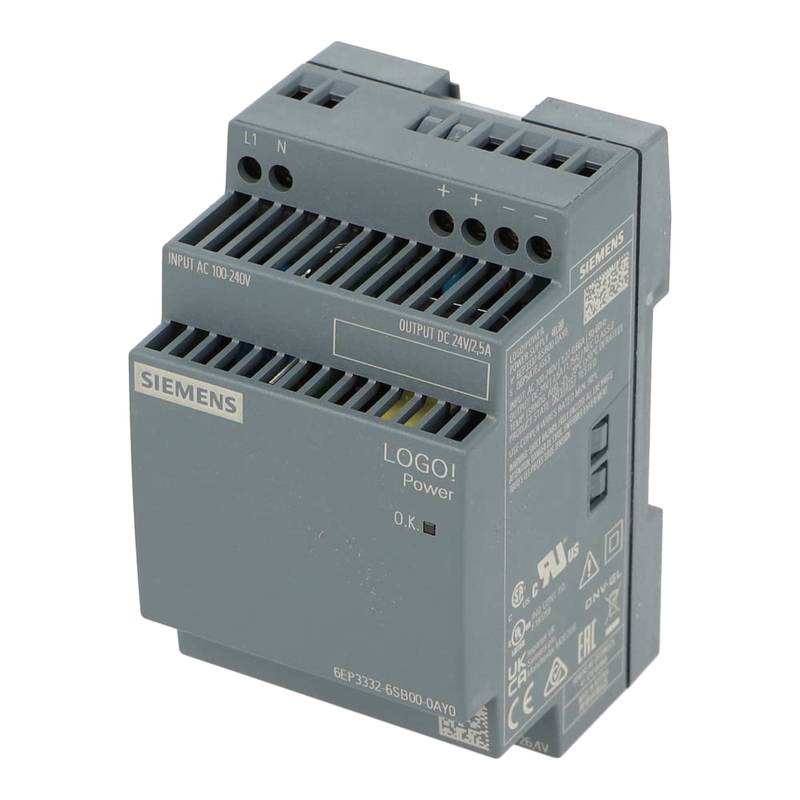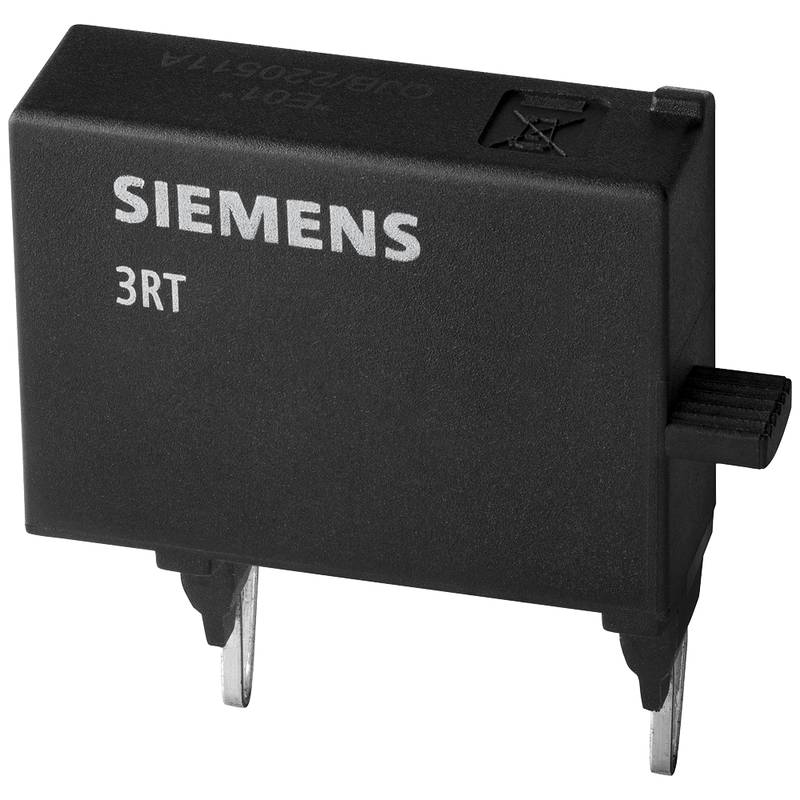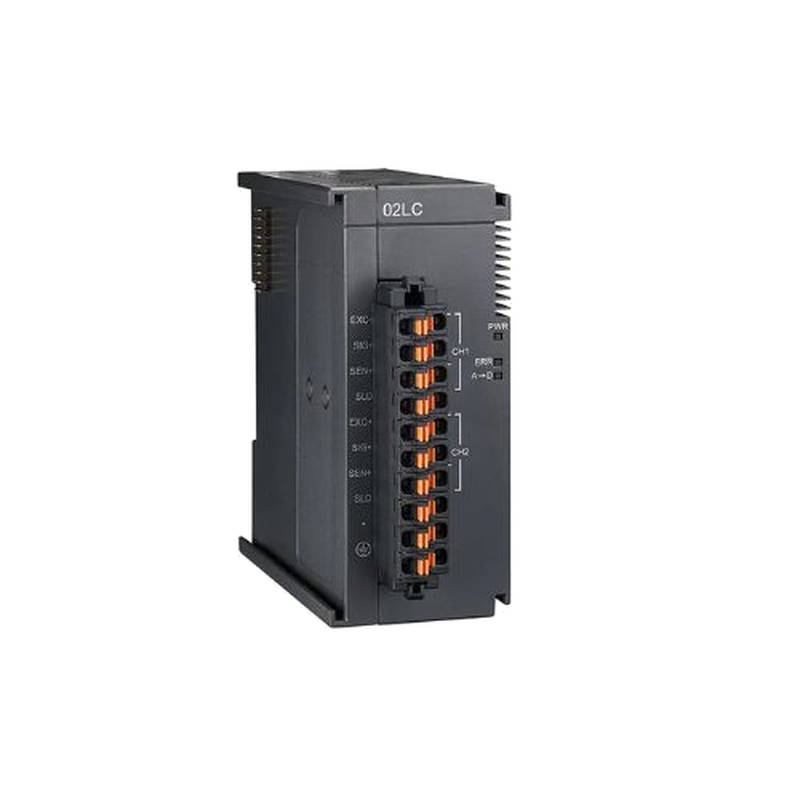
The SIMPHOENIX DX100-4T0015 Drive is a robust 1.5kW AC Variable Frequency Drive engineered for precise motor control across demanding industrial applications. It offers exceptional energy efficiency, a compact design, and advanced control algorithms, making it a superior choice for optimizing performance in machinery and process automation. Key technical parameters include a rated power of 1.5kW, input voltage compatibility of 380-440V AC (3-Phase), and an output frequency range of 0-400Hz. Its sophisticated V/f control and optional vector control capabilities ensure accurate speed regulation and torque responsiveness, essential for applications requiring dynamic load handling.
Product Specifications
| Parameter | Value |
| :----------------- | :---------------------------------- |
| Model | DX100-4T0015 |
| Rated Power | 1.5 kW |
| Input Voltage | 380-440V AC (3-Phase) |
| Output Frequency | 0-400 Hz |
| Control Method | V/f Control, Optional Vector Control |
| Protection Class | IP20 |
| Mounting Type | Wall/Din Rail |
| Dimensions (HxWxD) | 180 x 110 x 160 mm |
Core Features & Market Positioning
The SIMPHOENIX DX100-4T0015 distinguishes itself through its highly efficient power conversion, significantly reducing operational energy costs for users. Its advanced control modes, including both V/f and sensorless vector control, provide flexibility and precision suitable for a wide array of motor types and load profiles. The drive's robust thermal management system and comprehensive protection functions, such as overcurrent, overvoltage, and undervoltage protection, ensure operational reliability and extend equipment lifespan. Positioned as a cost-effective yet high-performance solution, the DX100-4T0015 competes effectively in markets requiring dependable and efficient variable speed control without the premium price of more complex drives.
Key Application Scenarios
This 1.5kW VFD is ideally suited for controlling pumps and fans in HVAC systems, where precise airflow and water flow regulation leads to significant energy savings. It excels in conveyor systems within manufacturing and logistics, ensuring smooth material handling and precise speed synchronization. Furthermore, the SIMPHOENIX DX100-4T0015 is a strong candidate for machine tools, mixers, and extruders in the plastics industry, applications demanding stable torque and accurate speed control under varying load conditions. Its compact footprint and efficient operation also make it suitable for packaging machinery and textile equipment.
Practical System Integration Guidance
Integrating the SIMPHOENIX DX100-4T0015 involves proper wiring of the power input, motor output, and control signals. Ensure the input power supply is within the 380-440V AC, 3-phase range and correctly connected to terminals L1, L2, L3. The motor is connected to terminals T1, T2, T3. For control signals, utilize the designated input terminals for start/stop, forward/reverse, and analog speed reference (e.g., 0-10V or 4-20mA). Basic programming for V/f control typically involves setting the rated motor voltage, frequency, current, and speed. For sensorless vector control, additional motor parameter auto-tuning may be required to optimize performance. Always consult the user manual for specific terminal assignments and parameter configurations.
Operation and Risk Mitigation
Safe operation of the SIMPHOENIX DX100-4T0015 drive mandates adherence to all safety protocols. Before commissioning, verify all wiring is secure and that the motor is properly grounded. Ensure adequate ventilation to prevent overheating, as the drive is rated IP20. Common operational issues can arise from incorrect parameter settings; for example, setting the wrong motor rated current can lead to nuisance tripping. Critical error codes, such as "OL" (Overload) or "SC" (Short Circuit), indicate faults that require immediate investigation and power disconnection before troubleshooting. Always refer to the operation manual for a comprehensive list of fault codes and their remedies.
Scalability & Long-Term Value
The SIMPHOENIX DX100-4T0015 offers a valuable foundation for scalable automation solutions. Its compatibility with standard industrial communication protocols (depending on optional communication cards) allows for seamless integration into SCADA systems and distributed control architectures. This future-proofs investments by enabling centralized monitoring and control. The drive's modular design and robust build quality contribute to its long-term value, minimizing downtime and maintenance requirements. While not inherently IIoT-ready out-of-the-box, its integration capabilities through communication modules support the transition to smart manufacturing environments.
Frequently Asked Questions (FAQs)
What is the primary function of the SIMPHOENIX DX100-4T0015 drive?
It controls the speed of AC motors by varying frequency and voltage. This optimizes energy use and process control.
The drive enables precise speed adjustment for various industrial applications. It offers enhanced motor protection features.
Its core purpose is to provide efficient and reliable variable speed operation for a 1.5kW motor.
How do I wire the SIMPHOENIX DX100-4T0015 for a basic setup?
Connect 3-phase power to L1, L2, L3 terminals. Connect motor leads to T1, T2, T3 terminals.
Ensure the ground terminal is properly connected for safety. Refer to the manual for analog input wiring.
Digital inputs can be wired for start/stop and direction control as needed.
What are the typical applications for a 1.5kW VFD like the DX100-4T0015?
Common uses include pumps, fans, and conveyor systems. It's found in HVAC and material handling.
Machine tools, mixers, and packaging equipment also benefit greatly. These need precise speed and torque.
It's a versatile drive suitable for many manufacturing and process industries.
Can the SIMPHOENIX DX100-4T0015 be used with single-phase motors?
No, this is a 3-phase input/output VFD. It is designed exclusively for 3-phase AC motors.
Using it with a single-phase motor will cause damage and is not supported. Always match motor type to drive output.
3-phase motors offer superior performance and efficiency when paired with this drive.
What are the key benefits of using a VFD instead of direct-on-line starting?
VFDs provide significant energy savings by reducing motor speed when full power is not needed. They also reduce mechanical stress on equipment.
They offer precise speed control, improving product quality and process efficiency. Soft starting reduces inrush current and electrical/mechanical shock.
Reduced noise levels and extended equipment life are also notable advantages.
How do I set up sensorless vector control on the DX100-4T0015?
First, ensure the motor parameters are accurately entered. This includes rated voltage, frequency, and current.
Perform the auto-tuning function as per the manual. This calibrates the drive to the specific motor.
Verify the control mode is set to sensorless vector and test under load.
What is the protection class (IP rating) of this drive and what does it mean?
The DX100-4T0015 has an IP20 rating. This means it is protected against solid objects larger than 12.5mm.
It offers no protection against water ingress. Therefore, it must be installed in a clean, dry environment.
Avoid locations with dust, moisture, or corrosive substances to maintain operational integrity.
What happens if I encounter an "OL" error code on the SIMPHOENIX DX100-4T0015?
The "OL" code signifies an overload condition. This means the motor is drawing more current than the drive is rated for.
Check for mechanical issues causing excessive load on the motor. Review motor and drive parameters for correct settings.
Reduce the load on the motor or consider a larger drive if sustained overload is necessary.
Can this drive be integrated into a PLC control system?
Yes, it can be integrated using digital inputs/outputs or optional communication modules. Modbus is a common protocol.
PLCs can send start/stop commands and speed references to the drive. They can also receive status feedback.
This allows for centralized automation and monitoring of machine operations.
What is the typical power factor correction performance of the DX100-4T0015?
VFDs generally operate at a high power factor, close to unity, under normal load conditions. This improves electrical system efficiency.
The inherent design of the PWM output stage contributes to this good power factor. It minimizes reactive power demand.
However, very light loads may result in a slightly reduced power factor compared to full load operation.
























